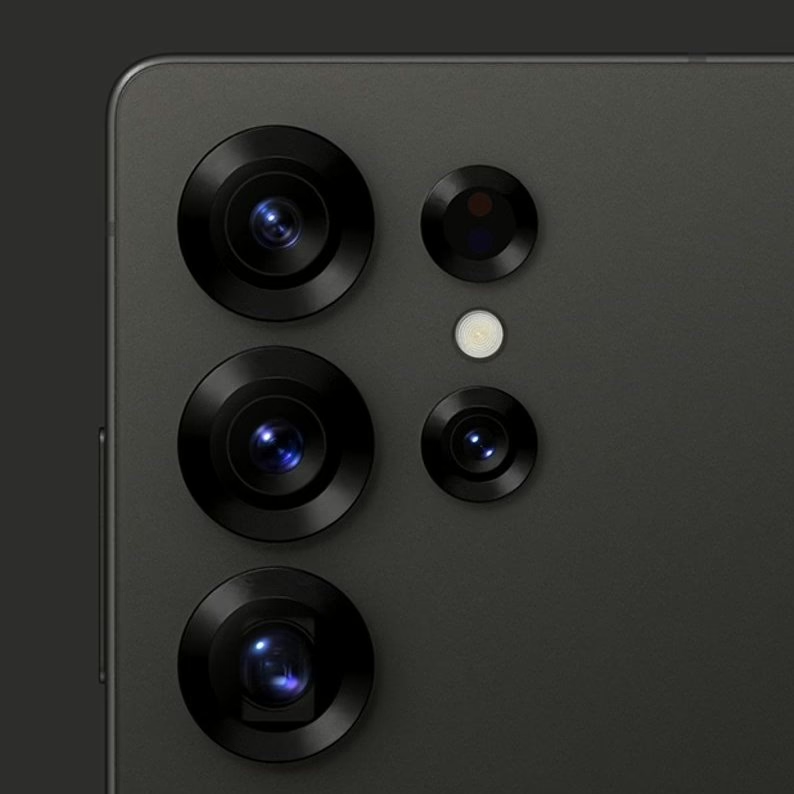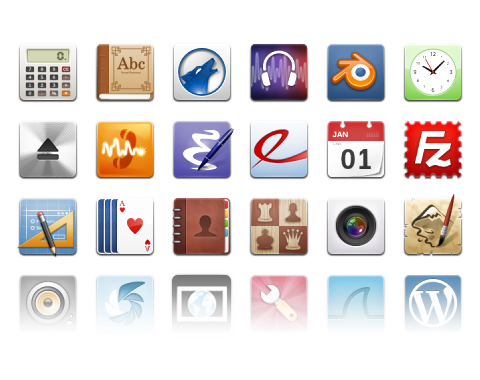NodeJS 20
NodeJS 20 has introduced several new features that enhance its security capabilities. Some of these features include:
- Permission system (experimental): This feature allows developers to set permissions for specific files and directories, which can help prevent unauthorized access to sensitive data1.
- File system access: NodeJS 20 provides better control over file system access, which can help prevent malicious actors from accessing sensitive files1.
- In-built test runner: NodeJS 20 comes with an in-built test runner that allows developers to write test cases without using external libraries like Jest or Mocha. This can help ensure that the code is secure and free from vulnerabilities1.
- V8 engine: NodeJS 20 uses the V8 engine, which provides better performance and security than previous versions3.
- Security best practices: NodeJS provides extensive guidelines on how to secure a NodeJS application, including best practices for authentication, data security, and server security5.
Laravel 10
Laravel is a popular PHP framework that has also made significant advancements in cybersecurity and technological improvements. Some of the security and technological features of Laravel include:
- Authentication: Laravel provides built-in authentication features that allow developers to easily implement secure login and registration systems4.
- Encryption: Laravel provides encryption features that allow developers to encrypt sensitive data, such as passwords and credit card information4.
- CSRF protection: Laravel provides built-in CSRF protection, which helps prevent cross-site request forgery attacks4.
- Rapid development capabilities: Laravel provides rapid development capabilities that can help businesses save money by lowering the effort and resources it takes to design complex apps1.
- Security best practices: Laravel provides extensive guidelines on how to secure a Laravel application, including best practices for authentication, data security, and server security4.
Vue 3
Vue 3 is a popular JavaScript framework that has also made significant advancements in cybersecurity and technological improvements. Some of the security and technological features of Vue 3 include:
- XSS protection: Vue 3 provides built-in XSS protection, which helps prevent cross-site scripting attacks4.
- Content Security Policy: Vue 3 provides support for Content Security Policy, which helps prevent malicious scripts from running on a web page4.
- Component-based architecture: Vue 3 uses a component-based architecture that allows developers to create large-scale applications with high performance, speed, and complexity1.
- Routing system: Vue 3 includes a routing system that allows developers to design single-page applications1.
- Security best practices: Vue 3 provides extensive guidelines on how to secure a Vue 3 application, including best practices for authentication, data security, and server security4.
VueJS vs jQuery
VueJS and jQuery are both popular JavaScript frameworks, but VueJS has several advantages over jQuery. Some of the major benefits of using VueJS over jQuery with Laravel are:
- Performance: VueJS is faster and more efficient than jQuery, which can help improve the performance of web applications1.
- Easy to learn: VueJS has a simpler syntax and is easier to learn than jQuery, which can help developers save time and resources1.
- Component-based architecture: VueJS uses a component-based architecture that allows developers to create reusable components, which can help improve the scalability and maintainability of web applications1.
- Better documentation: VueJS has better documentation than jQuery, which can help developers find answers to their questions more quickly and easily1.
In conclusion, NodeJS 20, Laravel 10, and Vue 3 have made significant advancements in cybersecurity and technological improvements, providing developers with the tools and features they need to build secure, reliable, and high-performance applications. VueJS has several advantages over jQuery, including better performance, ease of learning, component-based architecture, and better documentation. By following best practices and utilizing these features, developers can ensure that their applications are protected from cyber threats and provide a seamless user experience.

















